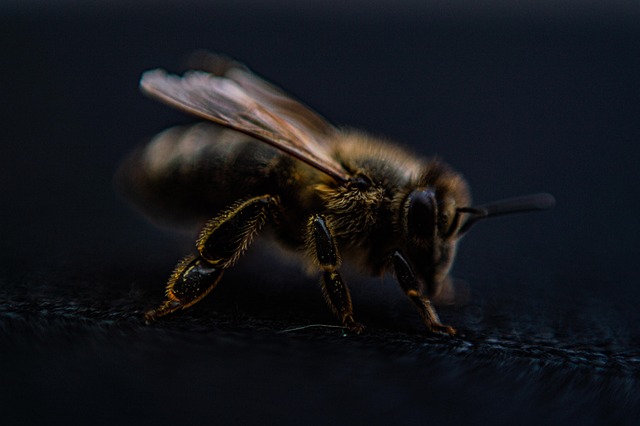Photography is an extraordinary blend of art and science that allows us to capture and immortalize fleeting moments. Yet, despite the advancements in technology, one persistent challenge that photographers encounter is achieving the perfect focus. Focus correction is not just a technical adjustment; it encompasses an understanding of optics and the interplay between our cameras and lenses. Whether you’re a novice or a seasoned lens enthusiast, mastering focus correction can significantly elevate the sharpness and clarity of your images.
Imagine setting up your camera for an important shot. The scene before you is mesmerizing—colors bursting and textures vivid, yet, as you review your capture, you notice a slight blur. This disappointment can be overwhelmingly common if you don’t pay attention to focus correction techniques. Understanding your lens’s characteristics, such as its depth of field and focal length, is paramount. Each lens behaves differently; some may tend towards front-focus or back-focus, creating that frustratingly soft look.
Investing time to learn focus correction can transform your photography experience. Start by calibrating your camera and lens combination using tools like lens calibration charts or focus test apps. These methods help identify any discrepancies that may compromise your shot. Furthermore, many modern cameras come equipped with autofocus micro-adjustment functions, which allow you to fine-tune the accuracy of your lens, enhancing your photographic results.
Another key component of focus correction is understanding the environmental factors that impact your shots. Lighting conditions, the distance between the camera and subject, and even the aperture setting can influence focus accuracy. Shooting wide open may yield stunning bokeh, but it necessitates meticulous focus diligence. The narrower the aperture, the broader the depth of field, often providing a safety net against focus errors.
For a more hands-on approach, practice focus correction during your photography outings. Challenge yourself with various subjects, from bustling street scenes to serene landscapes, and pay attention to where your focus lands. Utilize manual focus for more control, experimenting with techniques such as focus peaking. This feature highlights sharp areas in your viewfinder, allowing for precise adjustments, especially in complex compositions.
Moreover, remember that lenses are tools, and each one has its nuances. Lenses manufactured for specific purposes, like macro or portrait photography, can exhibit different focusing behaviors. Knowing these can aid in adjusting your techniques for optimal results. Engage with fellow photographers in your community, discussing their focus correction methods and sharing experiences. This exchange of knowledge can broaden your scope and inspire innovative practices.
Regardless of your photographic niche, whether it’s portraiture, landscapes, or wildlife, effective focus correction cultivates confidence in your craft. As you refine your skills, you’ll find satisfaction not only in capturing stunning images but also in the process of perfecting your technique. With every click of the shutter, seize the moment and remember that photography is a journey—one where mastering focus correction leads to crisp, captivating images.




